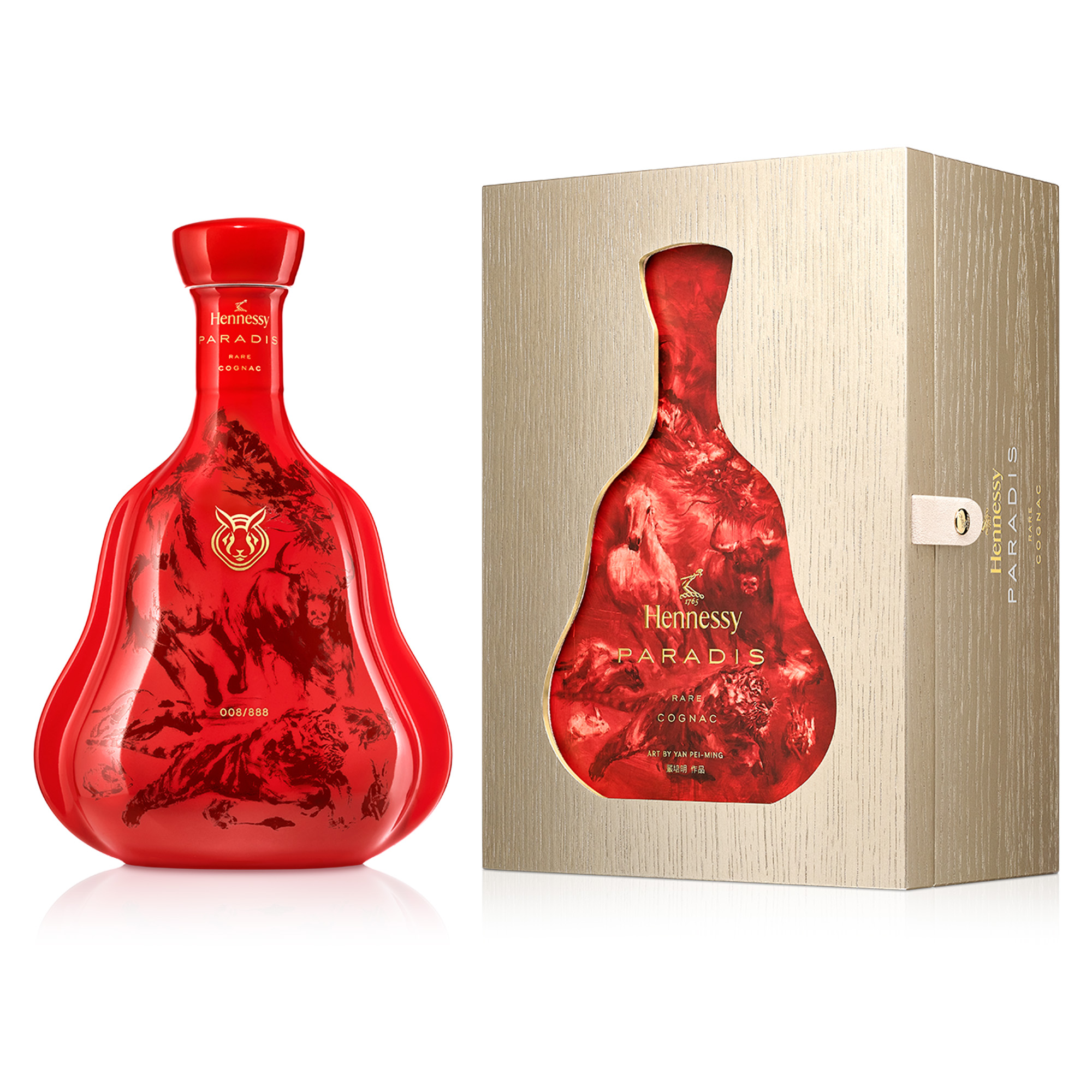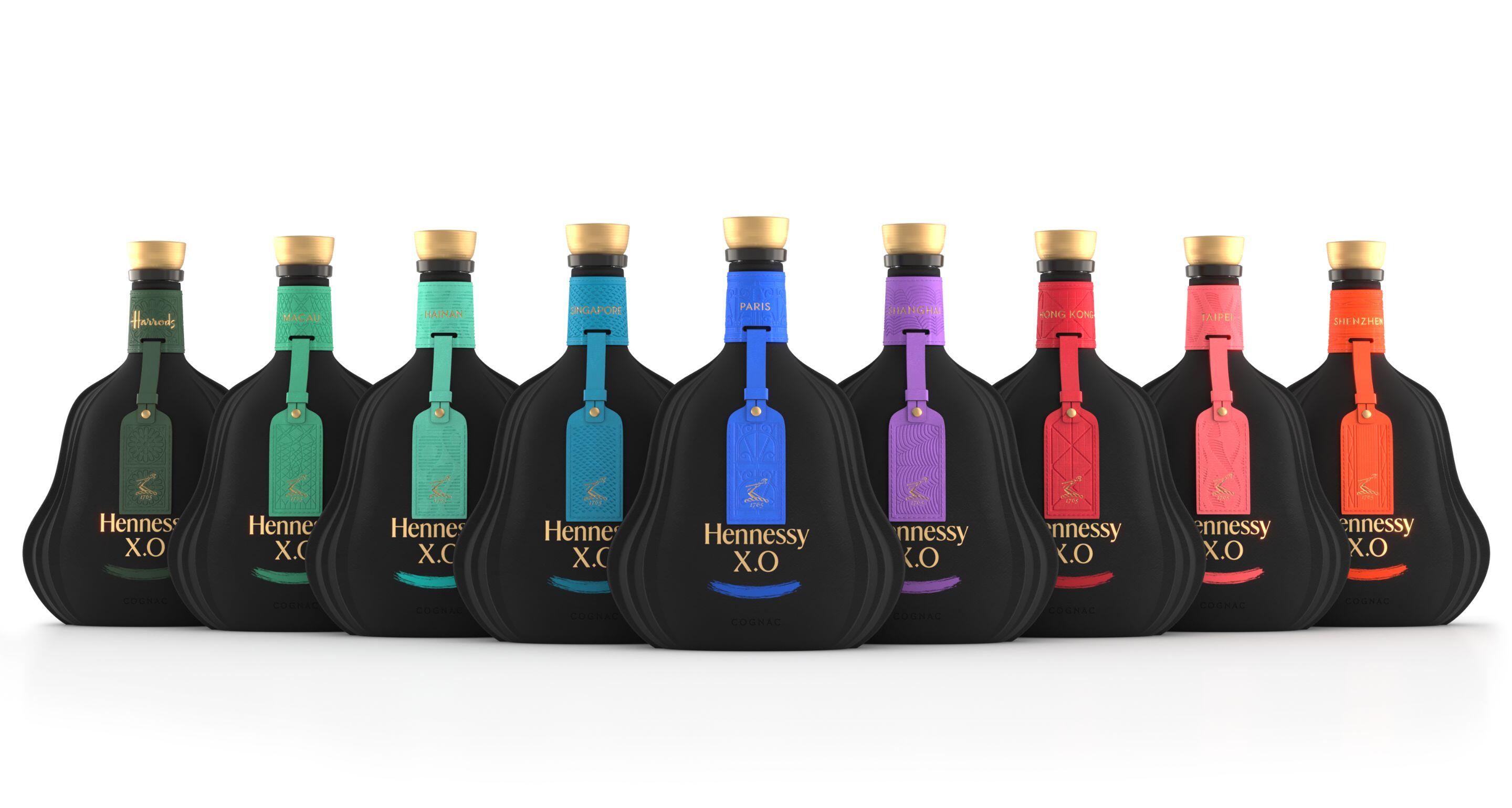The savoir-faire behind the Chinese New Year Paradis decanter
To celebrate the Year of the Rabbit, Hennessy brought together painter Yan Pei-Ming and French porcelain Maison Bernardaud to collaborate with Hennessy Paradis cognac. This limited edition cognac decanter is the second one of its kind and a part of a desirable collectible.
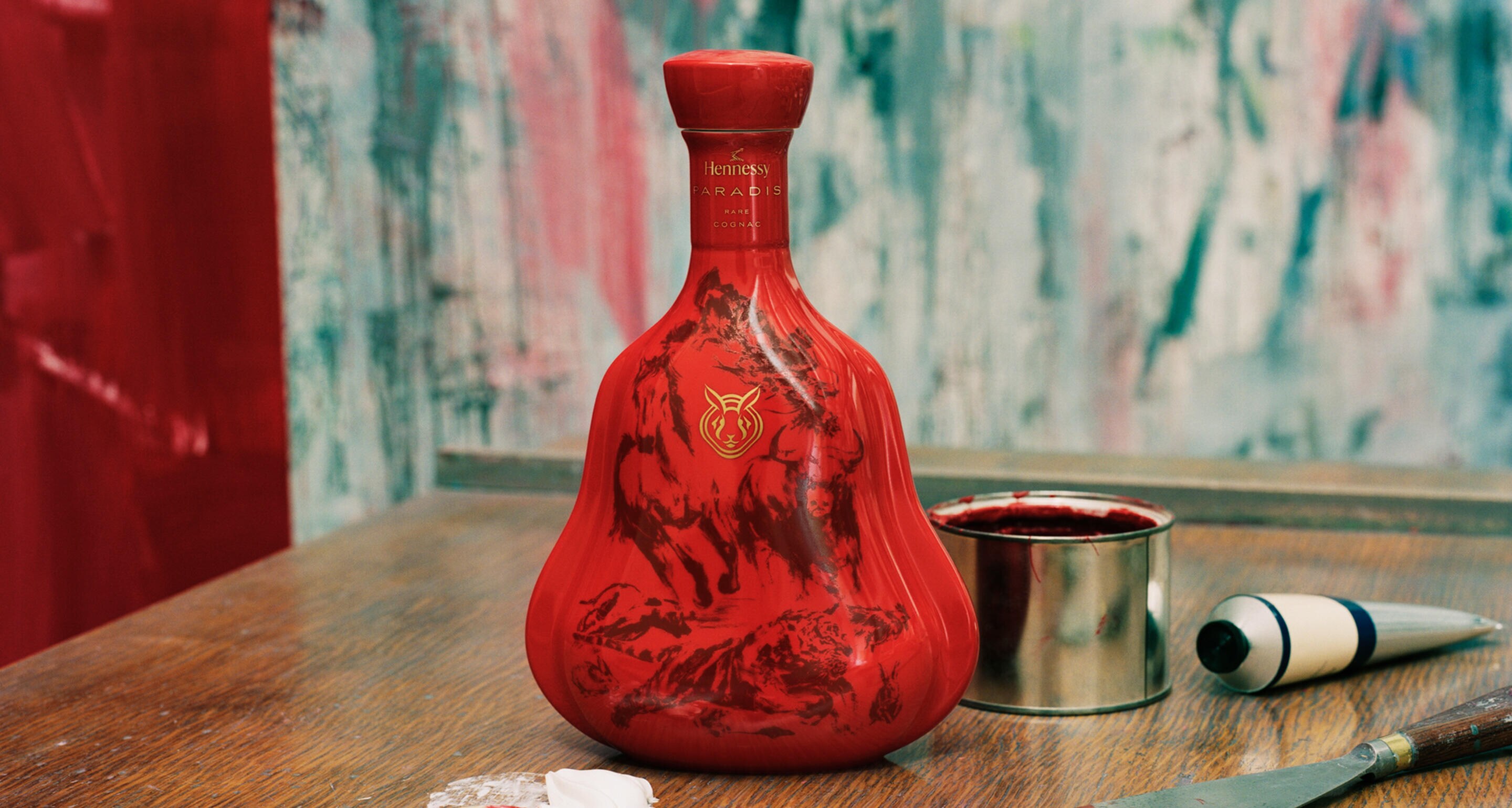
Working in porcelain takes patience and skill. Something that the artisans at Bernardaud are fully aware of, makers at heart and by trade, they are constantly refining their crafts year after year. They know that the smallest amount of water can change the porcelain's texture, that a piece can crack as it cools down, and that porcelain is the only ceramic that can withstand a firing at 1400°C which gives it its famous specificities that no other ceramics have: whiteness, thinness, hardness, clarity and sonority. This knowledge is passed down from generation to generation and today associated with new technologies, allowing the manufacturers to push the limits of porcelain constantly: complex shapes, subtle colour nuances, the variety of decorations, the finesse of the patterns and how it is positioned on each piece of a collection. Savoir-faire is the keyword and directs the creation and production of porcelain with extreme refinement.
The Paradis cognac decanter, made by 40 craftsmen, displays shimmering colours. And on a bright, bold red background the 12 animals of the zodiac sign are portrayed. This is the art of Yan Pei-Ming, one of the most popular Chinese artists, known in particular for his unique style of Expressionist portraiture. Yan Pei-Ming's impressive triptych depicts the celestial paths of the zodiac animals, all driven by the same force, yet each different from the other. The artist captures the power of an inclusive celebration and the desire for unity and diversity. Each decanter, which holds a litre of Paradis cognac, a blend conceived in 1979, is housed in a precious wooden case. The copper tones of this extraordinary blend of precious eaux-de-vie inspired the colours of Yan Pei-Ming's work.
The Bernardaud Maison channelled his work on a decanter produced in 888 copies, a lucky number in China, crafted and decorated by hand.
Hennessy sat down with Charles Bernardaud at Maison Bernardaud to get a deeper understanding of how the unique, handmade decanter was created.
Making of the decanter
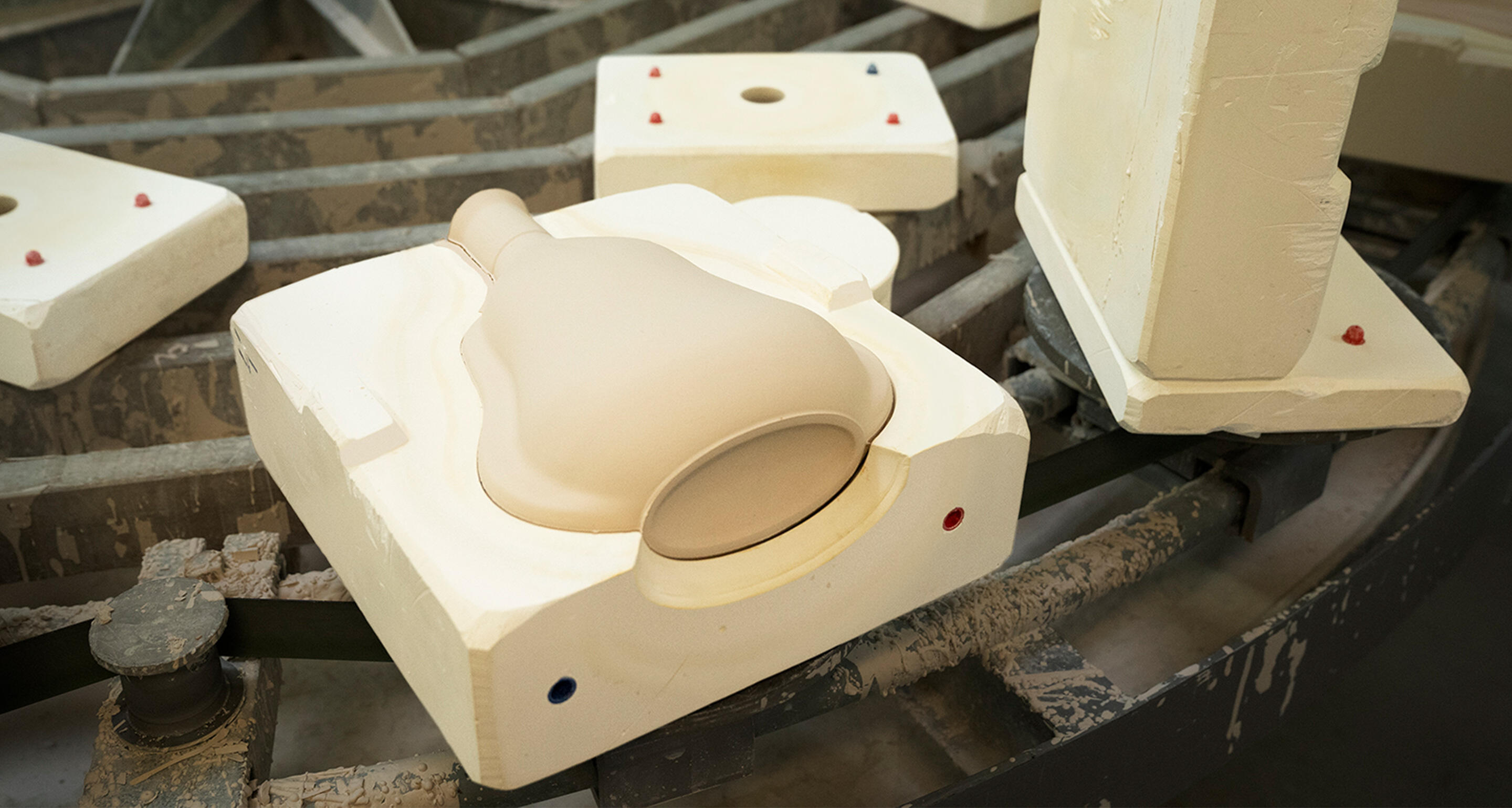
The savoir-faire behind the Chinese New Year Paradis decanter
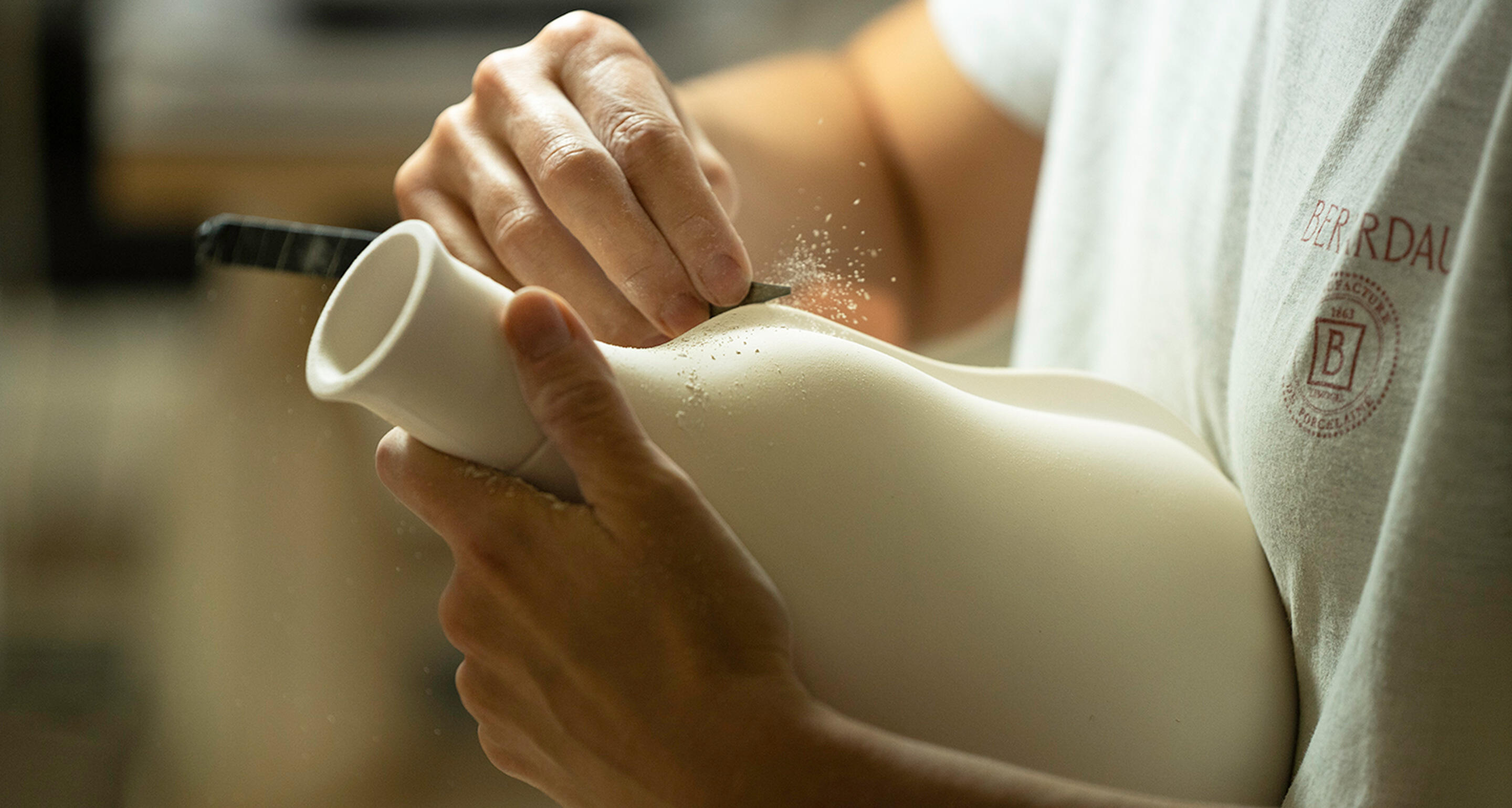
The savoir-faire behind the Chinese New Year Paradis decanter
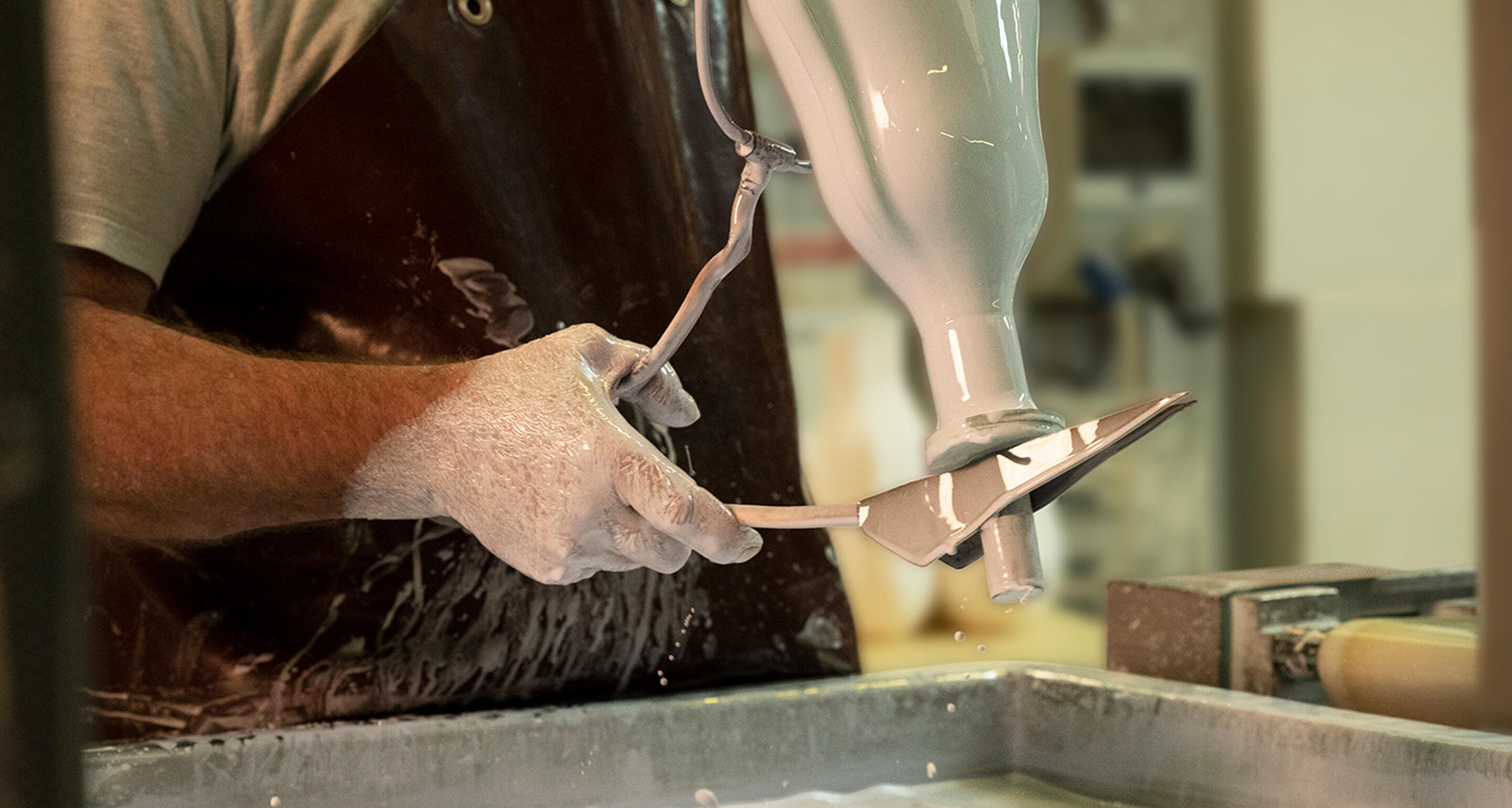
The savoir-faire behind the Chinese New Year Paradis decanter
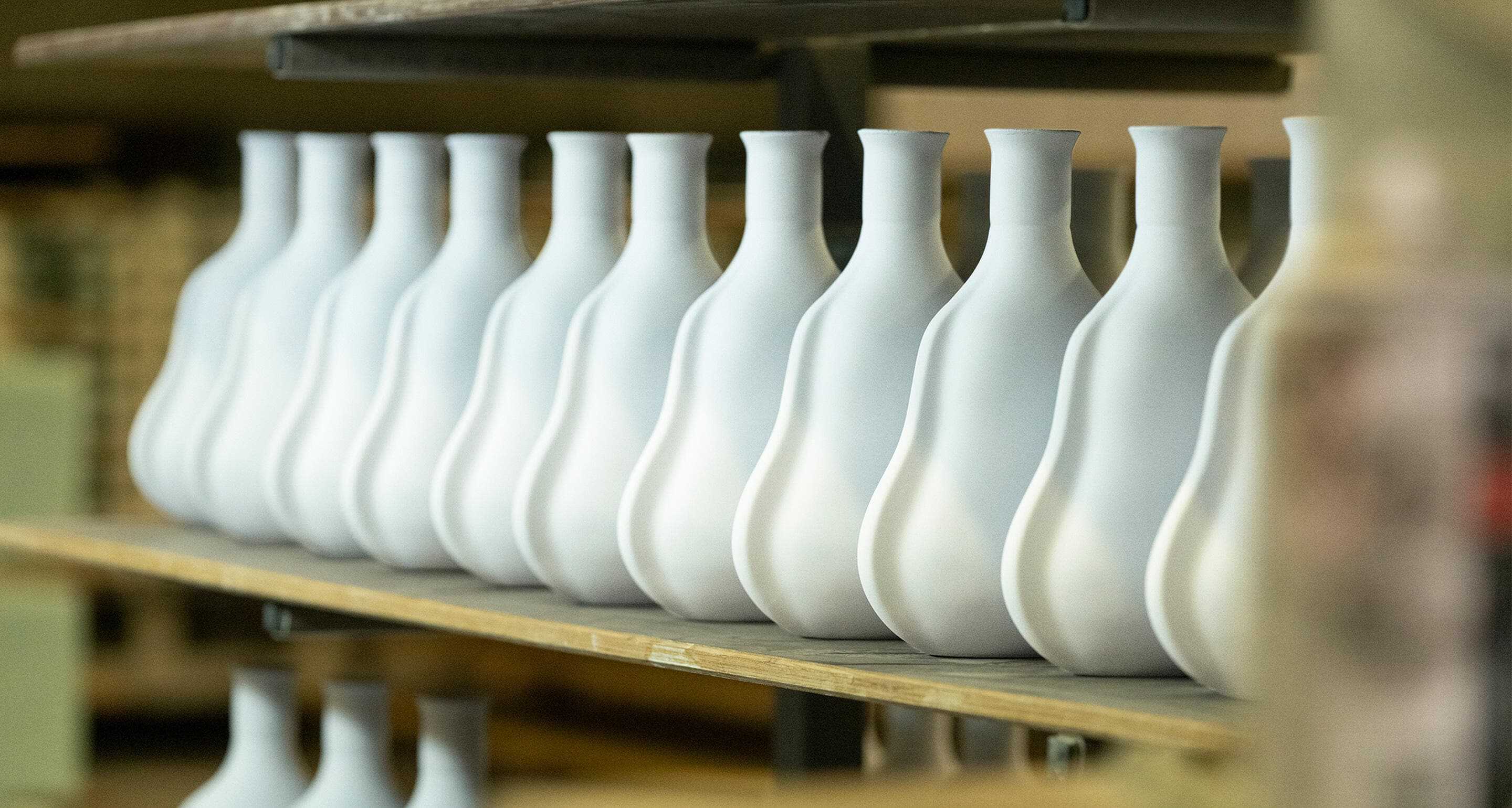
The savoir-faire behind the Chinese New Year Paradis decanter
Let's dive right into it and talk about how porcelain is made.
– To explain it in a simple way: every piece of porcelain begins with a core mould made of plaster. This core mould is used to make the moulds that will be used to produce the pieces. When you produce a porcelain piece, you have to take into account that it's going to reduce in size by 14% after firing. So when you're making a mould, you're not making the same shape as the final piece; you're making a mould that anticipates shrinkage and deformation. Because during the firing process, it will fall into the right shape. And rest assured, there are a lot of trials before it falls into place, a lot of errors and corrections, until little by little, you reach the good final version.
Any surprises that occurred during the creation of the Paradis decanter? Anything that was done differently from how you usually do it when you create a porcelain piece?
– Normally, a lot of surprises come from firing a new porcelain piece. And with this decanter, we had a lot of interesting technical constraints that were unusual when we make a porcelain piece. For example, when you have a cognac decanter, there's a technical constraint requiring the perfect volume of cognac inside the decanter. So we needed to make sure that the shape was absolutely perfect, to make sure that the quantity of cognac was preserved. But other than that, no particular surprises because surprises are normal for us.
Are there any elements in your work that you don't usually use but that you had to use for this cognac decanter? Was it a challenge?
– The red colour, for example, was challenging. When we've been asked to cover an entire bottle in a bright colour like this, the colour is the star of the show. It was very important to be precise with the kind of red needed, making sure that it would work well with the golden decoration to be added. It was complex to find the right balance between the colour and the decoration to reach perfect harmony. The layering of the bright red colour that you see was developed through many different firing temperatures, so it's more complex than just placing one colour on a bottle; but getting any colour uniformly even on an entire bottle is always a challenge.
If you want to learn more, watch the video and see the Paradis decanter come to life.

HENNESSY PARADIS x YAN PEI-MING
Created by Maurice Fillioux in 1979, the cognac Hennessy Paradis is known for its voluptuous and harmonious aroma.
It consists of eaux-de-vie, which are a reflection of the personality of such a delightful cognac: supple, light and round.
They are blended into an excellent cognac defined by its graceful, silky character, highlighting its finely nuanced and harmoniously balanced aromatic qualities.
Its superb display of coppery gold colours is an indication of the many years it has spent ageing in old casks.
禁止酒駕 酒後不開車 安全有保障
酒後不開車 安全有保障
Newsletter
Please register to stay in touch with Hennessy and receive our latest news.


